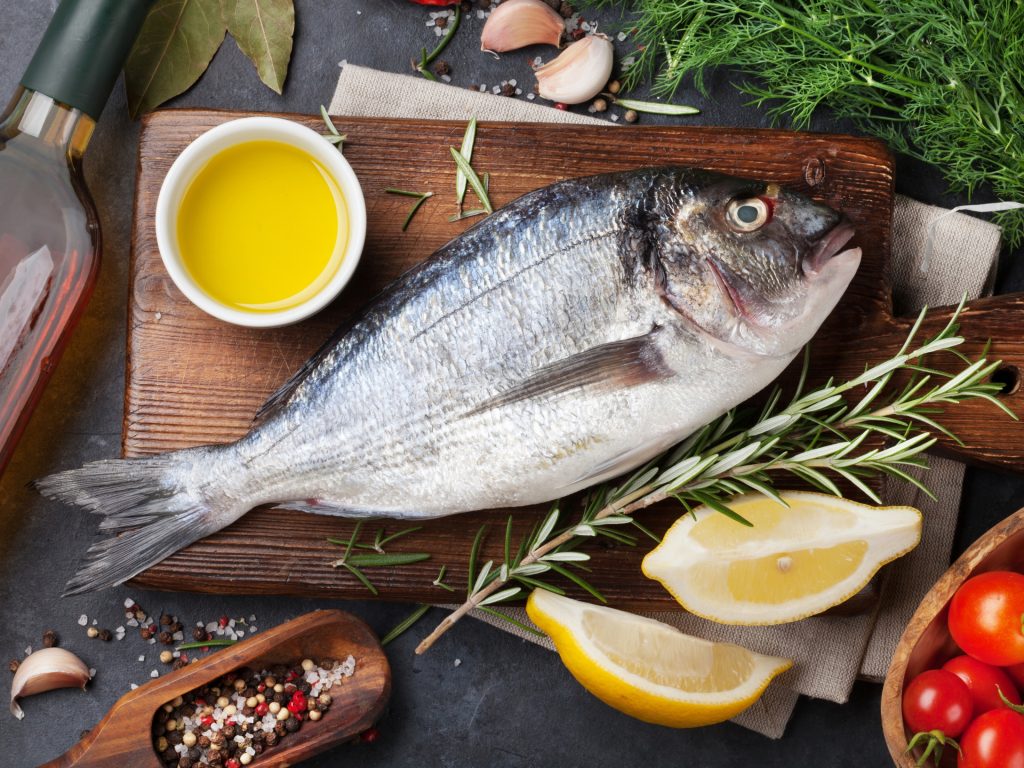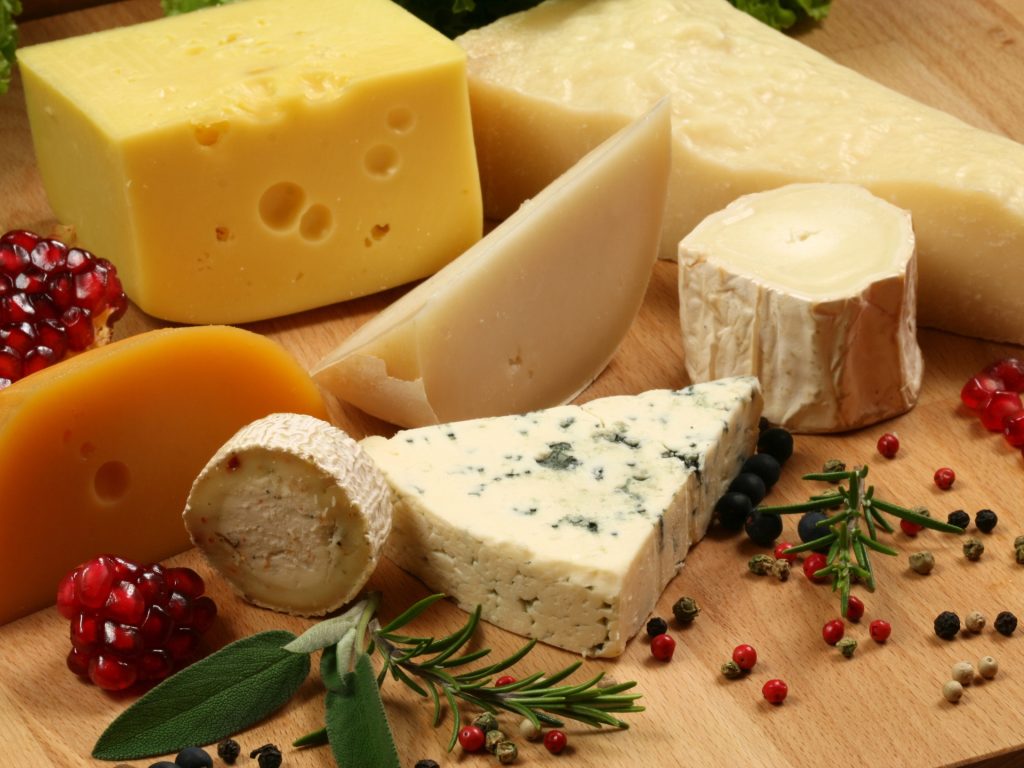Histamine is one of the components in wine that can be detected and measured with BioSystems analyzers, even when it is only 2 milligrams per liter.
What is histamine
Histamine is a biogenic amine, a chemical compound found naturally in plant and animal tissues. It was first separated in the sclerotia of the fungus that causes the disease called "ergot". It is found in the pituitary gland, lungs, skin, and gastrointestinal mucosa in mammals, including humans.
It plays an important role in vasodilation, smooth muscle excitation, increased capillary permeability, and glandular hypersecretions. In large quantities, it produces strong physiological effects, often associated with the effects of LSD-type drugs (lysergic acid diethylamine, which the famous Beatles sang about in "Lucy is a Sky with Diamonds").
Histamine poisoning
Histamine poisoning is a food intoxication, often mistaken for an allergy, and occurs as a spontaneous, violent reaction after eating spoiled fish. Rotten fish does not necessarily have to look different in color from fresh fish, smell bad or be parasitized. Even if it is well cooked, fish that has been frozen, defrosted, portioned and then frozen and defrosted again may contain a high amount of histidine, the precursor of histamine.
The toxicosis is called scombroidosis, after the scientific name of the mackerel family, which includes tuna, blue marlin-spearfish, swordfish, palamid, and dozens of other species. Diversification of ocean fisheries and poor practices in the food chain has over time led to these reactions to the consumption of herring, sardines, anchovies and bluefish.
The human body responds quickly to toxemia of this kind, with profuse sweating, headache, dizziness, palpitations, burning of the mouth and throat, abdominal cramps, nausea, vomiting, diarrhea, manifestations that appear within half an hour of eating contaminated food (spoiled fish) and disappear within 6 hours, against the background of a body with normal immunity. Depending on the state of the immune system, however, some of these symptoms may last up to two days.
Physically, reddening of the skin or even urticaria may be observed, accompanied by pruritus (persistent itching), wheezing, fluctuations in blood pressure, symptoms more noticeable in people with breathing disorders or asthma.

How histamine is formed
Histidine, a substance contained in fish meat, at temperatures around 16 degrees Celsius, under aerobic conditions, under the action of an enzyme (histidine decarboxylase) produced by the bacterium Morganella morganii, turns into histamine. These bacteria favour the production of histamine only in the presence of air. That’s why fish don’t get sick, even if the bacteria live in their intestines.
In some parts of the world, ocean fishing technology brings fish that are already dead to land in trawlers’ bunkers, which means there is a considerable amount of histamine. Often, this fish is also cleaned on the ocean fishing boat and is exposed to intestinal bacteria and air, as salting and smoking are unreliable procedures in stopping histamine production.
Histamine content, legality, and accuracy of analytical detection
The histamine content in wines is less than one milligram per liter in white wines and up to 13 milligrams per liter in some aged red wines. The normal limits at which this component can be found in red wines are between 8 and 13 mg/liter. Sparkling wines also have much lower levels of histamines than aged red wines or white wines with maceration, the "orange" type.
The wine industry has set international limits for histamine content of between 2 and 10 milligrams per liter for wine to be fit for human consumption.
BioSystems has developed a kit for the automated analysis of histamine content in fish meat, fish products, aged fermented cheese and wine. The minimum detection limit is 1.43 mg/ kg for fish and fermented cheeses and 2.1 mg/liter for wine.
BioSystems’ Y15, Y200, and Y400 analyzers perform the following tests on 100 ml microprobes: Enzymatic Histamine, Histamine Fast, Histamine Test Rapid, and Histamine Spike Solution (QUÍMICOS). The test kit, called Histamine, in the Y15 analyzer formula, contains two reagents (the test is differential bi-reactive) and five standard solutions (at 5 ml each), which have a standardized, increasing reaction type for the detection limit (from 2.5 mg/ L to 33.3 mg/ L).
The spectrophotometric analysis is increasing, i.e. the first traces of the detected compound appear even if they are below the standardized detection limit, in the case of wine, they appear even at 2.1 mg/ liter, which means that the wines analyzed with BioSystems equipment are within the standards accepted for human consumption.


Foods in which we find histamine naturally
Apart from honey, we cannot say that there is any food that, through aging and fermentation or decomposition, does not produce even a tiny amount of histamine. Some foods contain compounds that facilitate the negative effects of histamine by blocking the human body’s own two enzymes that could degrade this toxicant.
We find histamine in canned fish (especially mackerel and tuna), in quietly fermented alcoholic beverages, in aged cheeses (parmesan, pecorino, all sorts of aged or mouldy specialties), in pickles, in smoked meats (sausages, ham, salami), salty snacks, food that has been in the fridge for more than 24 hours and reheated, vinegar, sweets with preservatives (juices, syrups, dried fruit), chocolate or cocoa products.
Some foods, citrus fruits, nuts, additives, preservatives, colorings, beans and legumes trigger the release of histamine in the human body from products containing it.
Other foods, including wine, (yes, wine is a food!) interfere with the enzymes by blocking their histamine-breaking activity in the human body: red wine (which is subject to aging), energy drinks, teas: black, green and maté, fermented dairy products, raw egg whites (wine clarification can also be done with egg white).
The human body itself produces histamine from the amino acid histidine, using it to regulate the sleep-wake cycle. Histamine is involved in allergic and inflammatory reactions and only becomes a problem when it exceeds a certain tolerance threshold in the human body.
B vitamins (B6, B1, B12) help break down histamine. Vitamin C helps to lower histamine levels in the blood, acting as an enhancer of the enzyme that speeds up its breakdown.
Folic acid and some minerals: copper, magnesium, manganese, zinc, along with calcium, can reduce the symptoms (urticaria and inflammation).
In the case of wine, histamine is formed during fermentation processes. Grapes affected by drosophila attack, overripe wine grapes, grapes undergoing a prolonged fermentation process on the berries, can lead to increases in histamine content.
Malolactic fermentation can also bring an excess of histamines, depending on the bacterial strain that is acting. We could conclude that white wines, which are produced with a shorter fermentation and at temperatures below 16 degrees Celsius, contain less histamine. Which, given current technologies, would be false, because winemakers pay great attention to the manufacturing processes, precisely to avoid and control as much as possible the concentration of this metabolite, most wines being almost free of histamine.
It is not necessarily the histamines in wine that could be dangerous, but rather the alcohol, which inhibits the enzyme activity responsible for breaking down histamines.
Pairing red wines with fermented cheeses, smoked meats, raw-dried meats, pickles, grilled vegetables seasoned with balsamic vinegar, not to mention chocolate or cocoa products, could lead one to think of something downright scary.
However, the negligible amounts found in wine should only scare us when we consume wine irresponsibly. Anyone who consumes more than three liters of wine at one meal will no longer have to worry about histamine poisoning, because it is like a drop in the ocean.
We, the wine-loving consumers, those who encourage responsible drinking, those who enjoy the Bacchanalian liquor within the normal limits of one, maximum two glasses at a meal, where we make sure to eat chicken, fresh vegetables, fresh (pasteurized) dairy, whole grains, rice, butter and vegetable oils, salads, leafy greens (something like the Mediterranean diet), even fresh or quick-frozen fish, properly cooked, we mustn’t imagine we’ll have an allergic reaction to the tiny amounts of histamines in the wine.
All the more so, as the wines whose traceability is ensured are analyzed in specialized laboratories with BioSystems equipment, using kits that give the most accurate results.
Resources:
[1]https://fishbase.mnhn.fr/summary/FamilySummary.php?ID=416
[2]https://pubmed.ncbi.nlm.nih.gov/33367653/ J AOAC Int. 2021 Jun 12;104(3):693-711. doi: 10.1093/jaoacint/qsaa139. Andreu Tobeña, Sabina Dueñas, Mercè Boix – Validation Study of BioSystems® Y15 Histamine Dehydrogenase Kit for the Detection of Histamine in Fish and Fishery Products: AOAC Performance Tested MethodSM 072001
[3]https://www.sfatulmedicului.ro/Alergiile/ce-este-intoxicatia-cu-histamina-scombroidoza-i_19208
[4]https://geneceutica.ro/1223-2/
[5]https://www.biosystems.es/products/FOODQUALITY/Food%20Safety/AMINAS%20BI%c3%93GENAS







